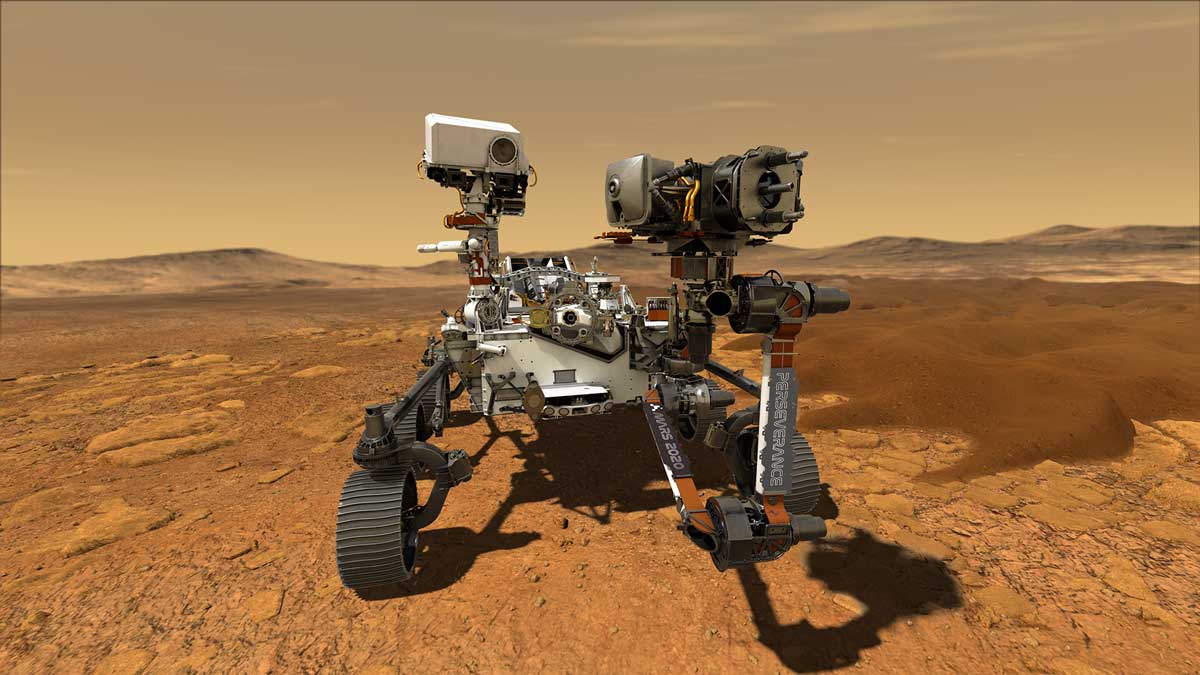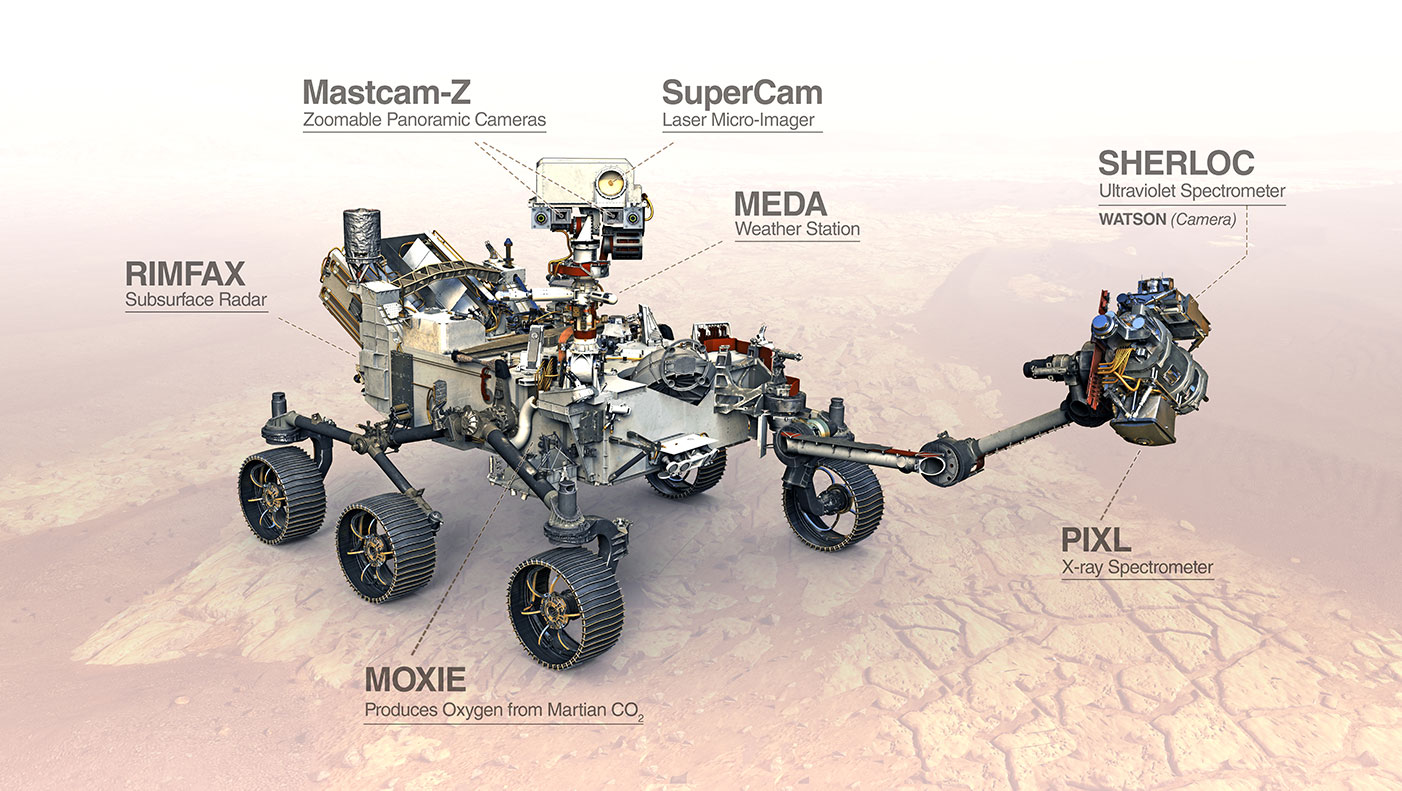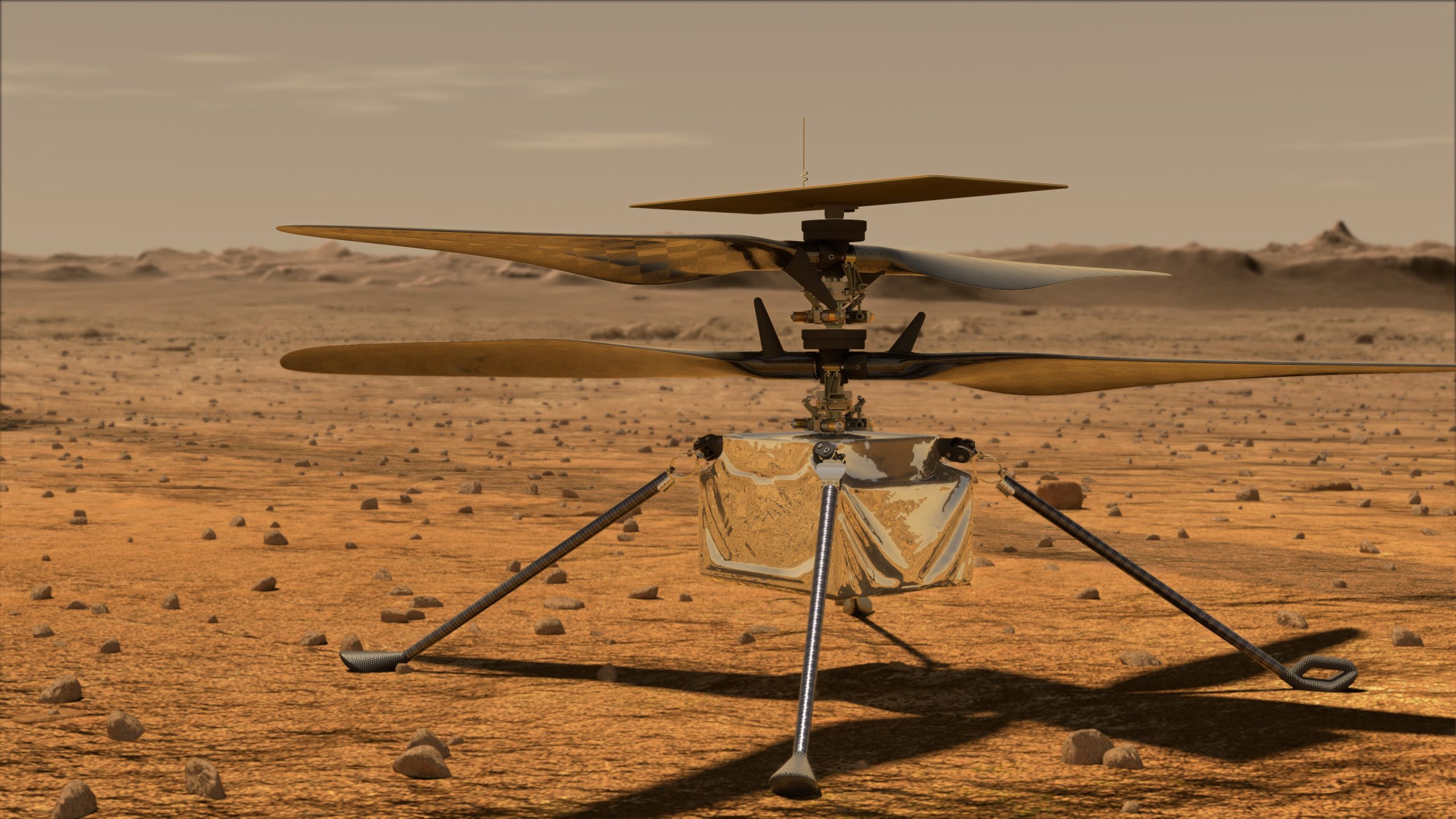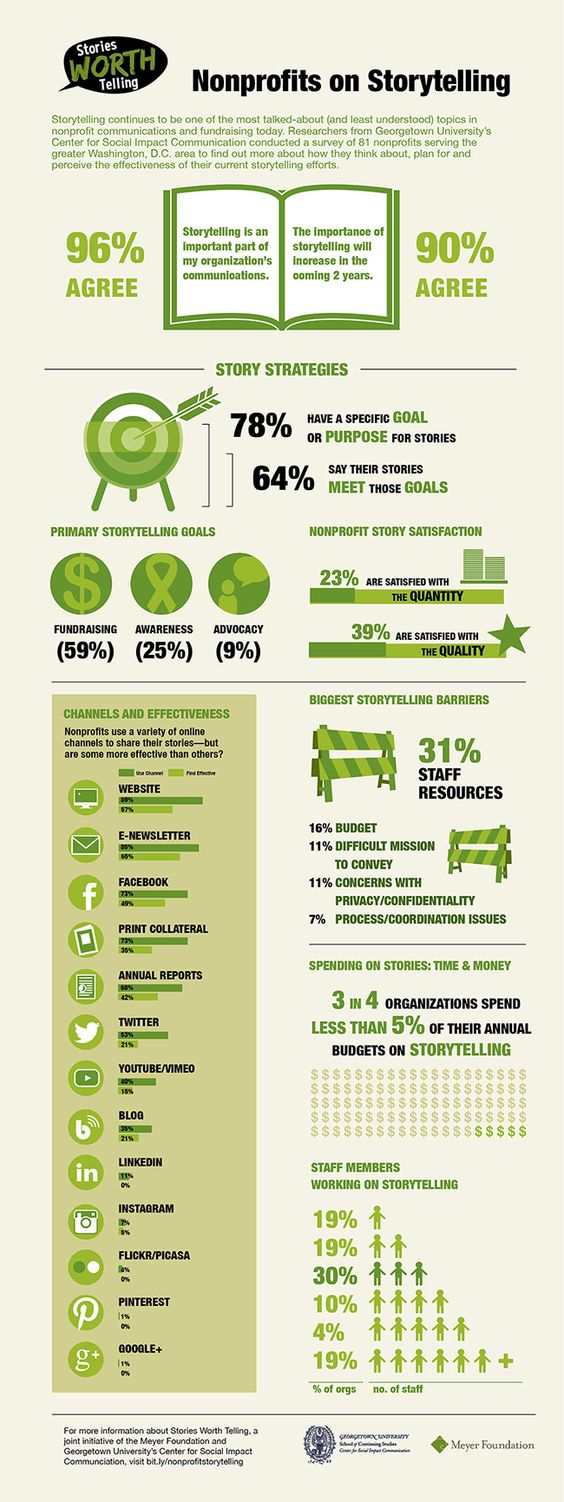Perseverance, NASA’s newest rover has safely landed on Mars
Yesterday, February 18, Perseverance, NASA’s newest rover, landed safely on Mars.
It took the rover seven months to reach the Red Planet where it will spend at least one Mars year (two Earth years) to fulfil its mission.
Miss my landing? Catch the highlights below.
Send us your own highlights too. Share your pictures and video using #CountdownToMars. pic.twitter.com/OL2wSAi36e
— NASA’s Perseverance Mars Rover (@NASAPersevere) February 19, 2021
What is Perseverance?
Perseverance is the most sophisticated rover the American organization has ever sent to the Red Planet.
It cost NASA almost $3 billion to design, develop and launch.
This landing is the latest success in a series of fails and success during the Mars exploration mission. The mission has been unfolding for the past sixty years of relentless work with the sole purpose of finding whether or not Mars could one day be a home away from home for us, humans.

Perseverance rover
Mars exploration began in the late 1960s.
In the first stage of the Mars exploration mission, NASA launched several spacecraft which successfully carried out flybys.
Then, during the 1970s, the mission entered the next stage of placing artificial satellites in the orbit of the Red Planet.
In the 1990s, NASA designed and launched landers like the Pathfinder and the Viking rovers.
The 2000s ushered in not only a new century but a high-technology stage of the human exploration of Mars. Going from orbiting Mars to exploring the planet’s surface is a great engineering feat. Rovers Spirit and Opportunity had far greater mobility than the Pathfinder and carried a sophisticated set of instruments to search for evidence of liquid water that may have been present in the planet’s past.
“Every time we do a launch or we do a landing, we get two plans. One plan is the one we want to do, and then there’s that second plan.” – #NASAScience‘s @Dr_ThomasZ celebrates a successful #CountdownToMars landing by ripping up the contingency plan. pic.twitter.com/pexxK5a07d
— NASA (@NASA) February 18, 2021
The Perseverance rover’s mission is to seek signs of ancient life by exploring the landing site and gather rock and soil samples that scientists could analyze in 2031.
The robot is 3 meters long and 2 meters tall. It is fitted with an autopilot for avoiding hazards and a set of sensors for gathering data during the landing. The rover drives faster in challenging terrain than previous rovers thanks to a new autonomous navigation system. Its system is powered by a generator that uses the heat from the natural decay of plutonium-238 to generate
electricity.

Technology on the Perseverance rover/source: spectrum.ieee.org
Perseverance rover is taking the exploration of an alien planet surface one step further. The robot carries seven instruments to conduct unprecedented science and test new technology on the Red Planet.
7 high-tech instruments for exploring the Martian surface
1. Mastcam-Z
Mastcam-Z is an advanced camera system with panoramic and stereoscopic imaging capability with the ability to zoom. The instrument also determines the mineralogy of the Martian surface and assists with rover operations.
2. SuperCam
SuperCam is an instrument that provides imaging, chemical composition analysis, and mineralogy at a distance.
3. PIXL (Planetary Instrument for X-ray Lithochemistry)
PIXL is an X-ray fluorescence spectrometer and a high-resolution imager that permit more detailed detection and analysis of chemical elements than ever before.
4. SHERLOC (Scanning Habitable Environments with Raman & Luminescence for Organics and Chemicals)
SHERLOC is the first UV Raman spectrometer to fly to the surface of Mars. It provides fine-scale imaging and mapping of mineralogy and organic compounds.
5. MOXIE (Mars Oxygen In-Situ Resource Utilization Experiment)
MOXIE is a technology demonstration that will produce oxygen from Martian atmospheric carbon dioxide. If successful, MOXIE’s technology could be used by future astronauts on Mars to burn rocket fuel for returning to Earth.
6. MEDA (Mars Environmental Dynamics Analyzer)
MEDA is a set of sensors that will provide measurements of temperature, wind speed and direction, pressure, relative humidity, and dust size and shape.
7. RIMFAX (The Radar Imager for Mars’ Subsurface Experiment)
RIMFAX is a ground-penetrating radar that will provide centimetre-scale resolution of the geologic structure of the subsurface.

Ingenuity helicopter
Attached to Perseverance’s belly came to Mars another piece of high-tech, Ingenuity.
Ingenuity is a helicopter the size of a chihuahua that will test powered flight on another world for the first time.
Developed in collaboration with AeroVironment, a drone company, Ingenuity features four specially made carbon-fibre blades, that spin many times faster than a passenger helicopter on Earth.
Why? Because the Mars atmosphere is 99% less dense than Earth’s which makes it difficult for the helicopter to achieve enough lift.
The helicopter has innovative solar cells, batteries, and other components. Ingenuity is designed to perform several activities autonomously, with no help from its human operator like keeping warm in the minus 130 degrees Martian cold nights or charging itself during the day.
Good luck, Perseverance! Fly safely, Ingenuity!
Join the Conversation
We’d love to hear what you have to say.
Get in touch with us on our LinkedIn Page, Facebook Page, Twitter or TikTok.
How to create an online storytelling campaign for an NGO
“Storytelling is how humans communicate with each other, the way that we make sense of complex information, and how we relay our experiences to others. Nonprofit storytelling can motivate people to pay attention and take action. Emotional, appealing stories can build an online audience for your nonprofit,” wrote TheBalance.

Videos allow you to combine your dynamic story with emotion to create a connection with your audience that words and photos cannot build. Emotion is your main asset to use. Moreover, organizations can convey impact in a way that engages and inspires donors by persistently telling stories.Through storytelling, nonprofit organizations can harness the power of emotion to make a connection with donors that inspires action.
According to thebalance.com, a storytelling campaign has three phases: planning, implementation, and evaluation. In the planning stage, you need to articulate the goal of the storytelling campaign clearly. “Design each campaign for a defined purpose and to accomplish a specific goal. You may need to carry out multiple storytelling campaigns per month to achieve your goal, or perhaps just one per quarter, depending on your resources. Once you define the action that you want people to take, you can determine who is most likely to take that action, and the emotional storytelling hooks to get them to do so.”
The next steps are selecting your audience and making sure that the story is true and it fits the audience’s expectations and realities. There are five main types of stories that nonprofits can collect and develop — value stories, social proof stories, founder stories, resilience/continuous improvement stories, and impact stories. After deciding that you must collect the necessary pieces of information to create the right campaign, choose the right channels to whom to send it and promote it,create it, share it and evaluate it. More details you can find here.
“Because e-mail is a great way to engage supporters who might not regularly visit your website, you can use it to hook supporters into your story and prompt further action, without it feeling like you’re asking for donations at every point of communication. Use e-mail as an opportunity to invite readers to be the hero of your organization’s mission. Layer in visuals: With the average person’s attention span maxing out at 8 seconds, you can’t afford to deliver a novel to people’s inboxes. Instead, think of your story as a short picture book. This email is such a great example because it injects an image after every couple sentences. Break up blocks of text with visuals to keep readers engaged and keep your copy clear, simple and concise,” wrote classy.org.
More ideas and pieces of advice you can find also here.

